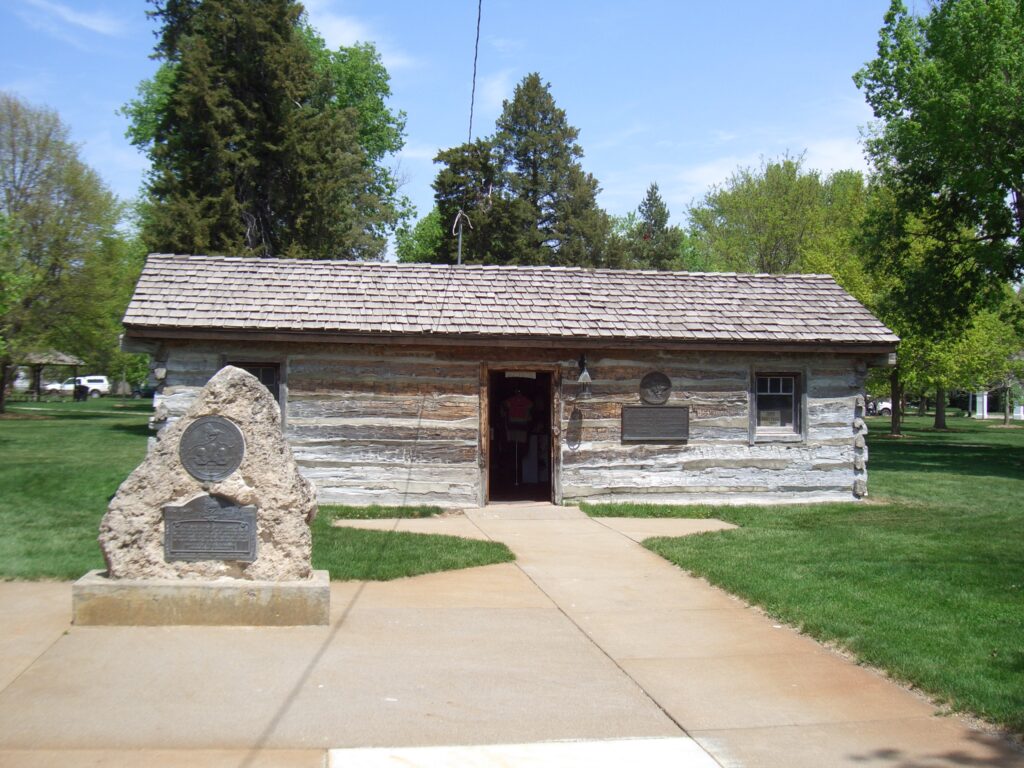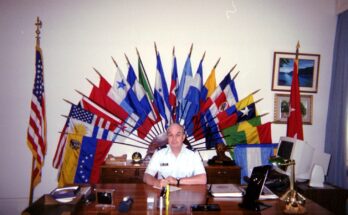
“I….(name)…., do hereby swear, before the Great and Living God, that during my engagement, and while I am an employee of Russell, Majors and Waddell, I will, under no circumstances, use profane language, that I will drink no intoxicating liquors, that I will not quarrel or fight with any other employee of the firm, and that in every respect I will conduct myself honestly, be faithful to my duties, and so direct all my acts as to win the confidence of my employers, so help me God”.
Above is the oath required of every Pony Express rider and other employees of Russell, Majors, and Waddell. After taking the oath, each rider was given a small, light-weight Bible to carry with him along with a rifle. Later, the rifle was changed to a handgun as the rifle proved too cumbersome for the rider.
The first Pony Express ride started on 3 April, 1860. The distance traveled from Saint Joseph, Missouri to Sacramento, California was 1,966 miles. The last ride was completed on 26 October, 1861. Each trip was completed in ten days and required 80 riders. Documented evidence shows that during that time four riders were killed by Indians, one was hanged for murder, one died by accident and two froze to death. Sixteen stock handlers were killed by Indians attacking and burning relay stations. The relay stations were located 5-15 miles apart, depending on the terrain. Some stations were “home stations” where the rider had room and board after his 75 mile ride. The mail moved day and night, regardless of weather. Initially the cost of a letter was $5. An enormous sum in 1860. One of the 35,000 letters carried was Lincoln’s inaugural address. Riders were paid $100 a month when the average wage was $1-2 per day.
The riders had to weigh 125 lbs or less. Most were teenage boys. One was 15-year old William Cody before he killed all those buffalo and got his famous name. The youngest was 11-year old “Bronco Charley” Miller. His father gave his permission, telling the company that Charlie had been an outstanding horseman since he was eight years old and was being used as a bronc buster. Charley was an inveterate liar. When he was 40, he married a 20-year old girl, signing the marriage certificate saying he was 27. At the age of 67, he attempted to join the Army to fight in WWI. They turned him down. He went to Canada and told them he was 44. They enlisted him and he served in Europe.
More than 400 stout horses were purchased and 190 relay stations were used. Some stations were located in military forts or other existing buildings. Others were constructed in remote, desolate areas. A special light-weight saddle was devised with a custom designed “mochila”. The mochila was a saddlebag with two mail pouches on each side and an opening to drape it over the saddle horn. The design could be rapidly pulled from one saddle and hung on the next while the rider got a cup of coffee and a sandwich. Each mochila could carry up to 20 lbs
The legendary Pony Express lasted only 18 months. It was a financial failure and its demise was hastened by the completion of the transcontinental telegraph. During its 18 months, it earned its place in Western lore. Later generations of kids would be torn between wanting to be a Pony Express rider or joining the Foreign Legion. From Dime Novels to matinee movies, the Pony Express found its place in history.



